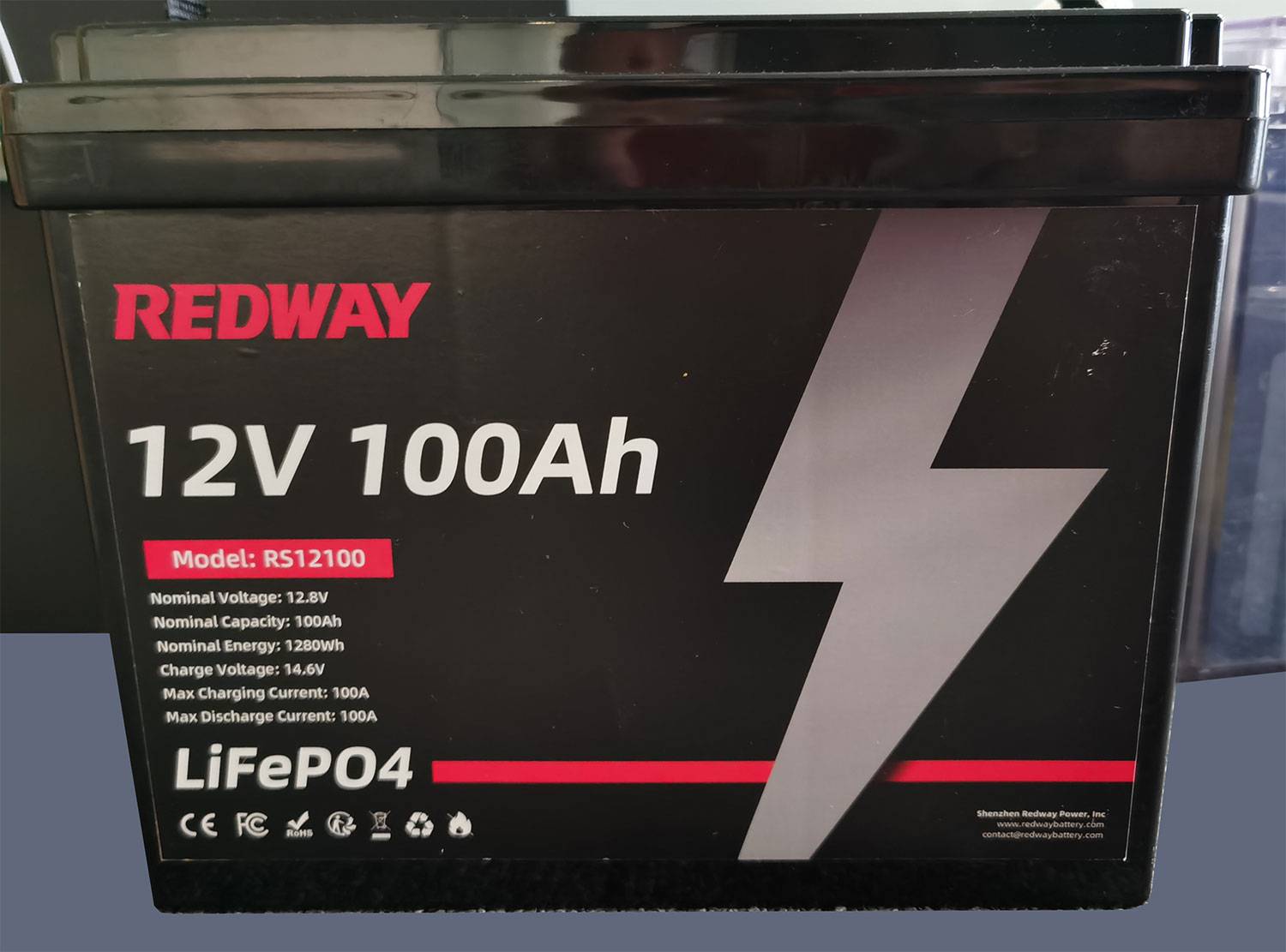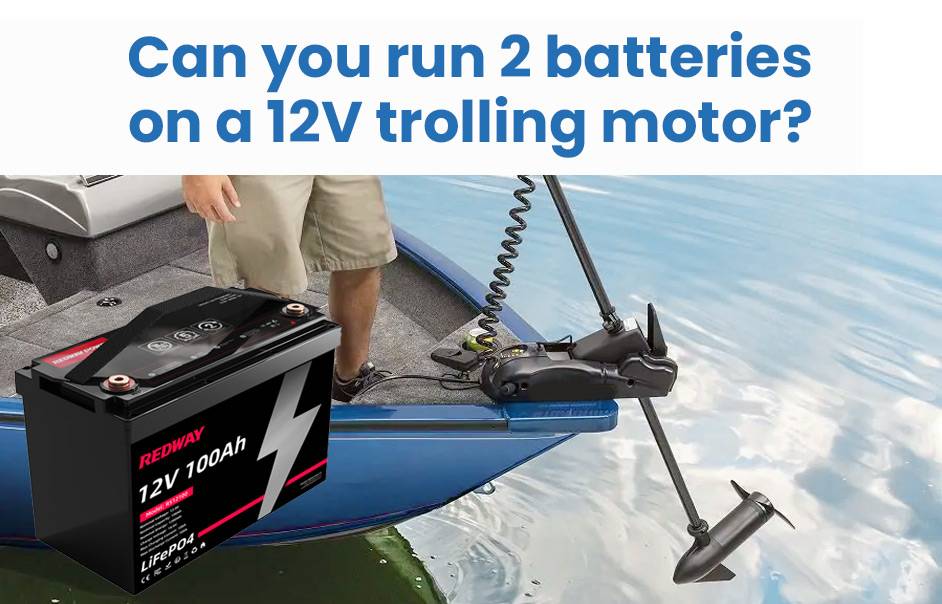- Lithium Golf Cart Battery
- Forklift Lithium Battery
-
48V
- 48V 210Ah
- 48V 300Ah
- 48V 420Ah (949 x 349 x 569 mm)
- 48V 420Ah (950 x 421 x 450 mm)
- 48V 456Ah
- 48V 460Ah (830 x 630 x 590 mm)
- 48V 460Ah (950 x 421 x 450 mm)
- 48V 460Ah (800 x 630 x 600 mm)
- 48V 460Ah (820 x 660 x 470 mm)
- 48V 500Ah
- 48V 560Ah (810 x 630 x 600 mm)
- 48V 560Ah (950 x 592 x 450 mm)
- 48V 600Ah
- 48V 630Ah
-
48V
- 12V Lithium Battery
12V 150Ah Lithium RV Battery
Bluetooth App | BCI Group 31
LiFePO4 Lithium
Discharge Temperature -20°C ~ 65°C
Fast Charger 14.6V 50A
Solar MPPT Charging - 24V Lithium Battery
- 36V Lithium Battery
- 48V Lithium Battery
-
48V LiFePO4 Battery
- 48V 50Ah
- 48V 50Ah (for Golf Carts)
- 48V 60Ah (8D)
- 48V 100Ah (8D)
- 48V 100Ah
- 48V 100Ah (Discharge 100A for Golf Carts)
- 48V 100Ah (Discharge 150A for Golf Carts)
- 48V 100Ah (Discharge 200A for Golf Carts)
- 48V 150Ah (for Golf Carts)
- 48V 160Ah (Discharge 100A for Golf Carts)
- 48V 160Ah (Discharge 160A for Golf Carts)
-
48V LiFePO4 Battery
- 60V Lithium Battery
-
60V LiFePO4 Battery
- 60V 20Ah
- 60V 30Ah
- 60V 50Ah
- 60V 50Ah (Small Size / Side Terminal)
- 60V 100Ah (for Electric Motocycle, Electric Scooter, LSV, AGV)
- 60V 100Ah (for Forklift, AGV, Electric Scooter, Sweeper)
- 60V 150Ah (E-Motocycle / E-Scooter / E-Tricycle / Tour LSV)
- 60V 200Ah (for Forklift, AGV, Electric Scooter, Sweeper)
-
60V LiFePO4 Battery
- 72V~96V Lithium Battery
- Rack-mounted Lithium Battery
- E-Bike Battery
- All-in-One Home-ESS
- Wall-mount Battery ESS
-
Home-ESS Lithium Battery PowerWall
- 24V 100Ah 2.4kWh PW24100-S PowerWall
- 48V 50Ah 2.4kWh PW4850-S PowerWall
- 48V 50Ah 2.56kWh PW5150-S PowerWall
- 48V 100Ah 5.12kWh PW51100-F PowerWall (IP65)
- 48V 100Ah 5.12kWh PW51100-S PowerWall
- 48V 100Ah 5.12kWh PW51100-H PowerWall
- 48V 200Ah 10kWh PW51200-H PowerWall
- 48V 300Ah 15kWh PW51300-H PowerWall
PowerWall 51.2V 100Ah LiFePO4 Lithium Battery
Highly popular in Asia and Eastern Europe.
CE Certification | Home-ESS -
Home-ESS Lithium Battery PowerWall
- Portable Power Stations
How Long Will a 100Ah Battery Run a Trolling Motor?

A 100Ah battery can run a trolling motor for 2 to 10 hours, depending on factors like the motor’s power draw and speed settings. For example, if your trolling motor draws 30 amps at full speed, the runtime would be approximately 3.33 hours. Understanding these variables is crucial for planning your fishing or boating trips effectively.
What is a 100Ah Battery and Its Applications?
A 100Ah battery is a deep-cycle battery designed to provide sustained power over extended periods. It can deliver 100 amps for one hour or 10 amps for ten hours before needing a recharge. These batteries are commonly used in marine applications, including trolling motors, RVs, and solar energy systems.
Chart: Characteristics of a 100Ah Battery
| Feature | Description |
|---|---|
| Type | Deep-cycle |
| Capacity | 100 amp-hours |
| Common Uses | Trolling motors, RVs, solar power systems |
| Discharge Capability | Designed for repeated discharge and recharge |
How Do You Calculate Runtime for a Trolling Motor?
To estimate how long a 100Ah battery will run a trolling motor, you can use the formula:
Runtime hours =Battery Capacity Ah / Motor Draw A
For example, if your trolling motor draws 30 amps, the calculation would be:
Runtime=100 Ah/30 A≈3.33 hours
This means under these conditions, the battery would last approximately 3 hours and 20 minutes before needing to be recharged.
Chart: Runtime Scenarios
| Motor Draw (Amps) | Estimated Runtime (Hours) |
|---|---|
| 10 | 10 |
| 20 | 5 |
| 30 | 3.33 |
| 50 | 2 |
What Factors Affect Battery Life for Trolling Motors?
Several factors influence how long a 100Ah battery will run your trolling motor:
- Motor Power Rating: Higher thrust ratings require more power and will drain the battery more quickly.
- Speed Settings: Running your motor at higher speeds consumes more energy than operating at lower speeds.
- Boat Size and Weight: Heavier boats require more thrust, leading to higher current draw.
- Water Conditions: Rough waters may require more power to maintain speed than calm waters.
Why is the 50-Percent Rule Important?
The 50-Percent Rule advises using only half of your battery’s capacity before recharging to maintain enough power for your return trip. This prevents you from being stranded without power while out on the water.
Calculation Example Using the 50-Percent Rule
If you have a 100Ah battery, you should consider only 50Ah usable capacity for your trip:
Runtime=50 Ah/Motor Draw A
For example, if your motor draws 30 amps, the runtime would be:
Runtime=50 Ah/30 A≈1.67 hours
Chart: Usable Capacity Based on Discharge
| Discharge Level (%) | Usable Capacity (Ah) | Estimated Runtime at 30A (Hours) |
|---|---|---|
| 50 | 50 | 1.67 |
| 80 | 20 | 0.67 |
How Can You Maximize Your Trolling Motor Battery Life?
To ensure you get the most out of your 100Ah battery, consider these tips:
- Regular Maintenance: Keep terminals clean and ensure connections are tight to prevent power loss.
- Charge After Use: Always recharge your battery after each outing to maintain its health.
- Monitor Usage: Keep track of how many amps your motor draws at different speeds.
- Choose the Right Battery Type: Opt for high-quality deep-cycle batteries designed for marine use.
Industrial News
Recent advancements in battery technology are enhancing performance in marine applications. Lithium-ion batteries are gaining popularity due to their lighter weight and longer lifespan compared to traditional lead-acid batteries. These innovations allow anglers and boaters to enjoy longer outings without worrying about running out of power. Additionally, manufacturers are focusing on improving charging efficiency and reducing costs associated with high-capacity batteries.
Redway Power Expert Views
“Understanding how long your trolling motor will run on a specific battery is crucial for any boating enthusiast. By following best practices for maintenance and adhering to guidelines like the 50-percent rule, users can significantly extend their outings while ensuring they have enough power for safe returns,” advises an expert from Redway Power.This comprehensive guide provides insights into how long a 100Ah battery will run a trolling motor, factors influencing runtime, maintenance tips, and current industry trends in battery technology.
FAQ Section
Q: How long does a fully charged 100Ah battery last on a trolling motor?
A: It can last between 2 to 10 hours, depending on the motor’s power draw and usage pattern.Q: What is the best way to maintain my trolling motor battery?
A: Regularly clean terminals, recharge after each use, and avoid deep discharges to extend battery life.Q: Can I use my trolling motor battery for other devices?
A: Yes, but be mindful of total power draw from all devices to avoid exceeding the battery’s capacity.
What Electrical Demands Impact Battery Running Time?
Battery running time is affected by the electrical demands of other devices connected to it. These devices can include lights, fish finders, and other appliances. Each device consumes power from the battery, contributing to the total electrical demand. It is important to calculate and account for these demands to accurately estimate battery running time.


























